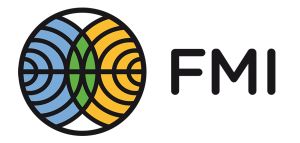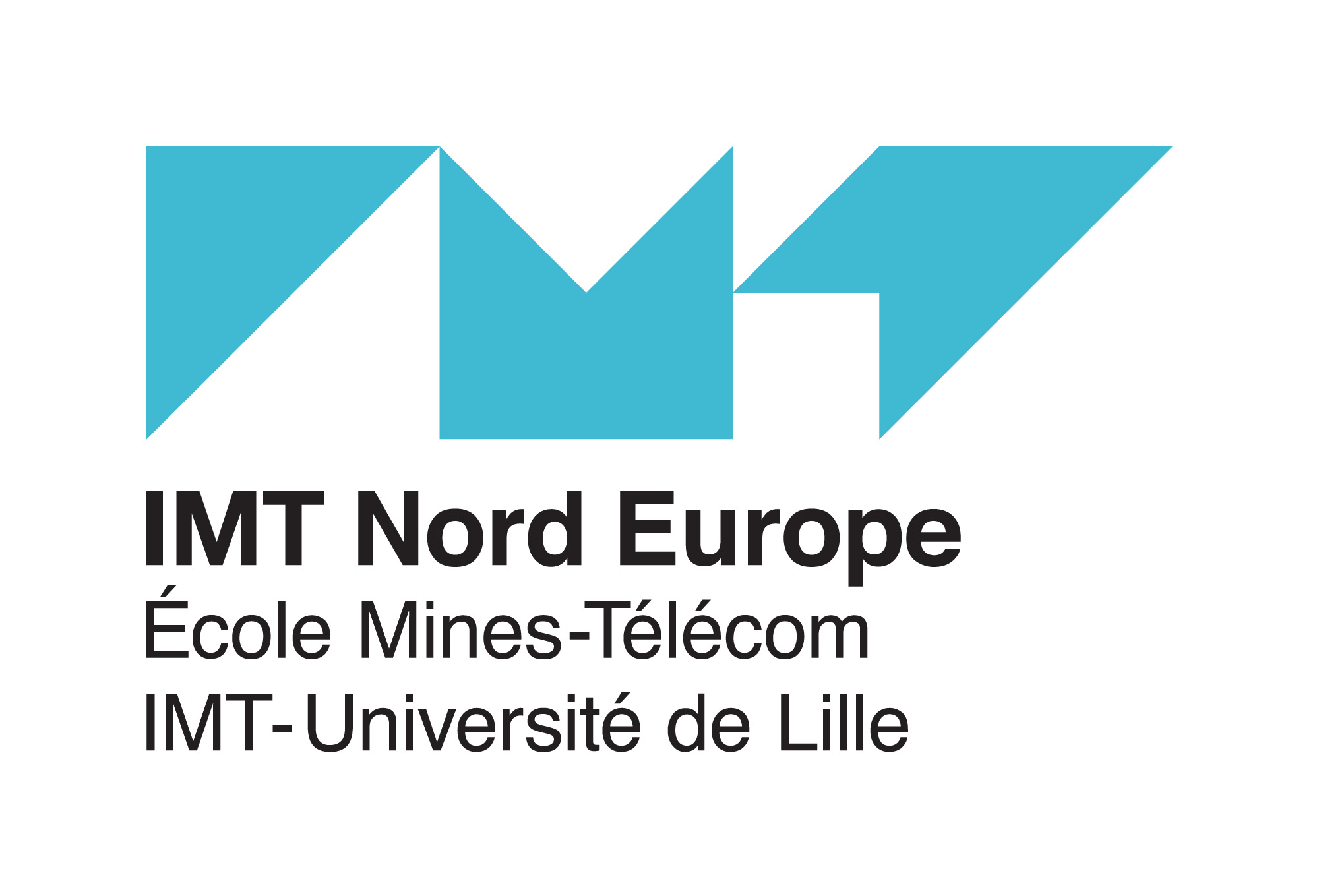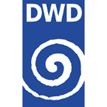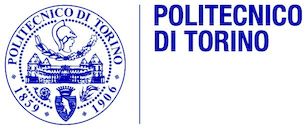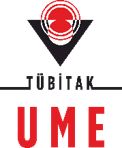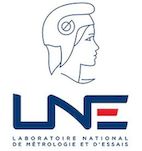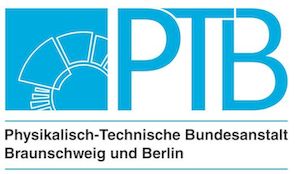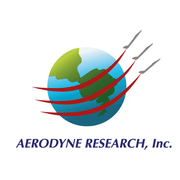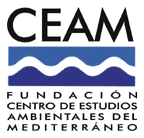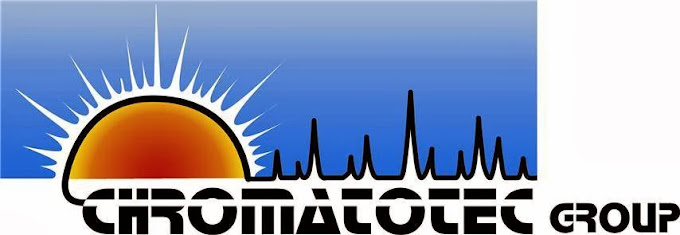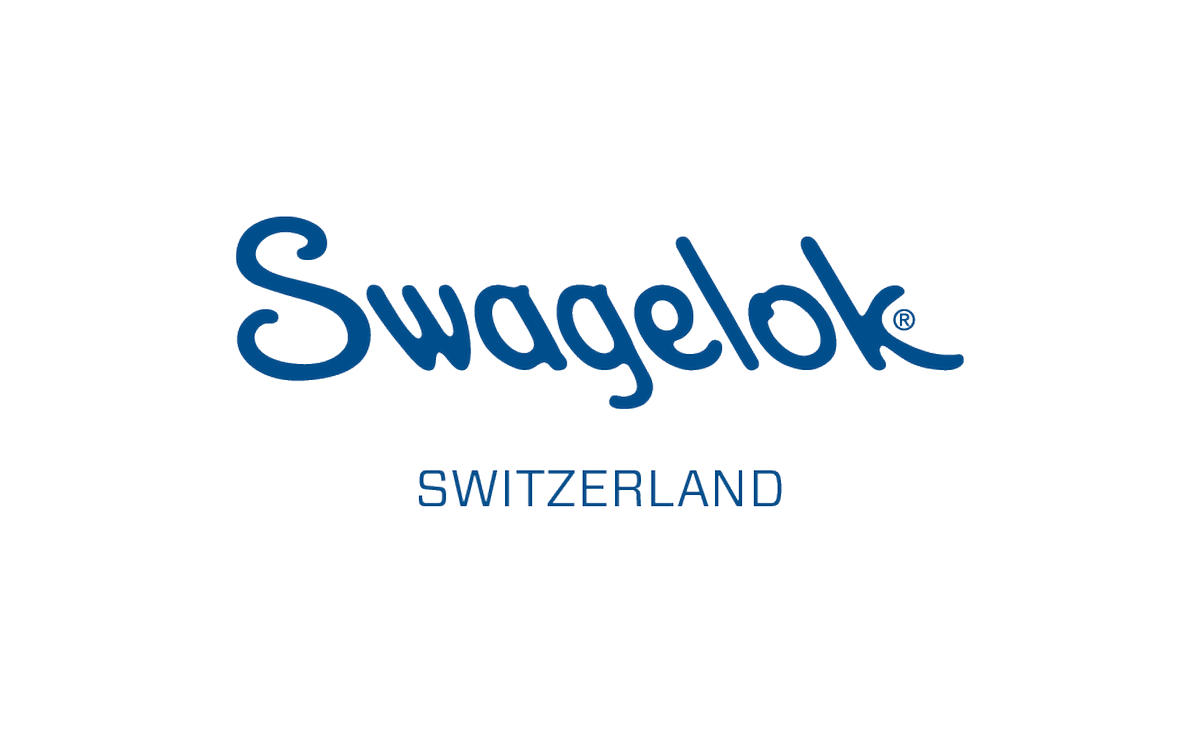Need of the project
Because of VOC contribution to the characterisation of the Earth's
climate, the Global Climate Observing System (WMO-GCOS) designated VOCs
as essential climate variables (ECVs) in the categories "aerosol and ozone
precursors" and "carbon dioxide, methane and other greenhouse gases".
Furthermore, the European Air Quality Directive 2008/50/EC regulates VOCs,
as well as the directive (NEC) 2001/81/EC, that defines emission ceilings
for VOCs. In addition, Halogenated VOCs, such as fluorinated halocarbons
are also regulated in the regulation (EU) No 517-2014 and included into the
Kigali Amendment of the Montreal Protocol. To control the effectiveness
of theses treaties and to assess climate and air quality trends, there is
a need for monitoring the amount-of-substance fractions of VOCs.
The WMO-GAW, the European Monitoring and Evaluation Programme (EMEP),
research infrastructures (e.g. ACTRIS, AGAGE) and national air pollution
networks include these challenging compounds in their long-monitoring programs.
Stable traceable references with a low uncertainty − along with well-defined
measuring methods − are indispensable for reliable short and long-term
measurements of VOCs and for meeting the data quality objectives (DQOs)
defined by the monitoring programs. However, despite the significant progress
made during the past years, there is still a lack in traceable and stable
reference standards for relevant VOCs (e.g. hydrofluoroolefins), as well as in
procedures for VOC sampling, calibration, analysis and uncertainty calculation
of the measurements.
Objectives
The project MetClimVOC aims to contribute to meeting the DQOs of monitoring
programs, such as ACTRIS, by developing novel, stable and traceable VOC references;
improving VOC sampling and analytical methods; establishing guidelines and procedures
for the correct sampling, calibration and analysis of selected VOC; disseminating
metrological concepts to the monitoring stations (e.g. traceability of working
standards, calibration and measurement uncertainty).
The specific objects of the project are grouped in four points.
- To develop new primary reference gas standards of relevant VOCs selected in close collaboration with stakeholders (e.g. ACTRIS, WMO-GAW).
- To define, select and validate fit-for-purpose protocols for the preparation of SI-traceable working standards. In addition, to calculate the uncertainty budget of each protocol.
- To evaluate and improve the sampling and analytical methods for the selected VOCs, assessing relevant influence parameters and establishing the uncertainty budget of the measurement methods. Moreover, to provide SI-traceable spectral parameter for spectroscopic techniques used in remote sensing methods to assess VOCs.
- To facilitate the take-up of the technology and measurement infrastructure developed in the project by the measurement supply chain, standards developing organisations and end users.
A detailed description of the specific objectives is available in
the project summary.
Long-term impact
Climate change is affecting and will further affect many economic activities
leading to economic losses. Human health impacts associated with current air quality
and climate change trends are also expected to place additional economic stress on
health and social support systems. Furthermore, infrastructure damages from extreme
weather events are expected to increase together with the number of victims.

The outputs of MetClimVOC − traceable reference standards, fit-for-purpose working
standards and optimised analytical protocols − will result in more accurate and
harmonised atmospheric monitoring data that will improve the identification of air
quality and climate trends. This improvement will lead to the adoption of more
effective mitigation strategies, which will generate long-term economic impact
by decreasing the costs related to air pollution and climate change.
Besides the economic and social impacts, the effective mitigation policies will also
create environmental impact by limiting the use and emissions of VOCs through more
strict legislation and treaties. The future harmonised datasets will additionally
lead to a better understanding of long-term global VOC emissions and the chemistry
involved by the scientific community, which, in turn, will improve our understanding
of other aspects of the global chemistry of the atmosphere (e.g. ozone formation) and
its response to anthropogenic emissions. This will help us to adopt effective policies
to reduce further anthropogenic impacts on climate.
Moreover, the project outputs will considerably improve the capabilities of
European National Metrology Institutes (NMIs) to disseminate traceability for global atmospheric monitoring communities,
which will provide the foundation to underpin the work of instrument and standard
manufacturers and monitoring networks.
Project duration
The project runs from June 2020 to May 2023.
Consortium
Thirteen highly complementary partners (national metrology institutes (NMIs),
designated institutes (DI), universities and research institutes), that are
highly form the consortium.
Some partners (KIT, Empa, IMTelecom, DWD) will be direct end-users
of the actual and newly developed services of the project. These partners are
part of well-established air monitoring networks (i.e. ACTRIS-topical centre,
GAW-world calibration centre) and have responsibility for the traceability,
compatibility and labelling of the measurement data. They are forming the future
ACTRIS Topical Centre for Reactive Trace Gases In Situ Measurements CiGas.
Currently, KIT hosts the World Calibration Centre for VOCs in WMO-GAW.
The end-users and the academic partners also have knowledge about typical
on-site problems, such as sampling and/or interference parameters
(IL, UU, UoL, POLITO).
Taking a step back, the NMIs (VSL, LNE, METAS, TUBITAK, PTB) are necessary
to ensure that these centres can fulfil their role in quality assurance/quality
control. These NMIs and the DI (IL) have sound expertise in reference
materials/methods and uncertainty assessment. To validate their calibration and
measurement capabilities, they compare their SI-traceable methods and analyse the
results of each comparison to ensure worldwide comparability, which is independent
of the reference type. The traceability chain from primary products (e.g. empty gas
cylinders to be used in the gravimetric production of standards) to air monitoring
stations is therefore complete within the consortium.
Collaborators
Collaborations are an important aspect of the project, especially to maximise the project impact and to ensure a wide dissemination of the knowledge generated. During the project, partners will contact different companies to offer collaboration, in order to disseminate the project results in the best way and as close as possible to real applications. The consortium is also open to receive collaboration proposals from companies and institutions interested in the project, which can ask for further information using the contact form.
Stakeholders
The project has a Stakeholder Committee (SC) integrated by members from organisations which are potential end-users of the project outputs. WMO-GAW, ACTRIS, AGAGE, ICOS and HITRAN among others are some of these organisations. The SC will advise and provide guidance on some of the project deliverables when necessary. The SC will also help the consortium to understand the current needs of end-users and other stakeholders. The involvement of the SC in the project will maximise the knowledge transfer to the measurement stations.
SC members of the project in alphabetical order and their roles; for main affiliation, click on the names:
Chris Boone --- Project Scientist of the Atmospheric Chemistry Experiment (ACE)
Owen Cooper --- Co-chair of the Tropospheric Ozone Assessment Report (TOAR-2)
Yasin Elshorbany --- Lead of the Troposheric Ozone Precursors (TOP) of the (TOAR) focus working group
Iouli Gordon --- Director of the HITRAN spectroscopic database
Lorenzo Labrador --- Scientific officer at the World Meteorological Organization (WMO)
Paolo Laj --- Scientific chair of ACTRIS-Europe and chair of WMO-GAW Scientific Advisory Group for Aerosols (SAG-AERO)
Michela Maione --- Member of the Advanced Global Atmospheric Gases Experiment (AGAGE)
Josep Peñuelas --- Director of CREAF-CEAB-CSIC-UAB Global Ecology Unit
Tuukka Petäjä --- Co-coordinator of the ACTRIS Implementation project
Leonard Rivier --- Director of the Integrated Carbon Observation System Atmosphere Thematic Centre (ICOS-ATC)
Norbert Schmidbauer --- Senior scientist at the Norwegian Institute for Air Research (NILU)
Isobel J. Simpson --- Member of the WMO-GAW Scientific Advisory Group for Reactive Gases (SAG-RG)
Gabriele Stiller --- Head of the Satellite-borne Remote Sensing of Trace Gases Group (SAT) at KIT-IMK, division Atmospheric Trace Gases and Remote Sensing (ASF)
Oksana Tarasova --- Chief of the WMO-Global Atmosphere Watch (GAW) programme
Renato Zenobi --- Head of the Zenobi Group at ETHZ Organic Chemistry Lab
Find out more

